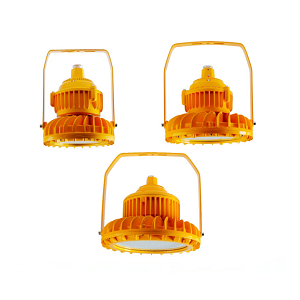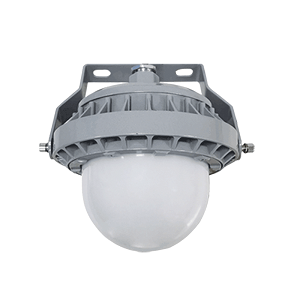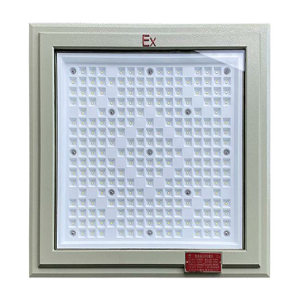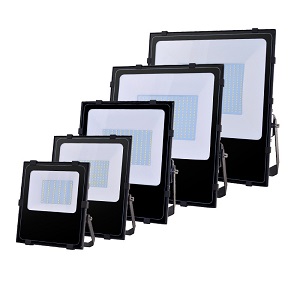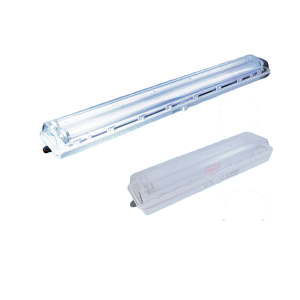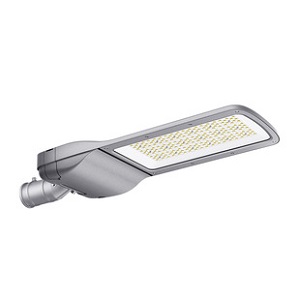Industrial Lighting System Design Standards for Thermal Power Plants
As core facilities for energy production, thermal power plants require lighting systems that directly impact equipment maintenance efficiency and personnel safety. This article provides an in-depth analysis of lighting requirements for critical areas in power plants, along with professional solutions compliant with international safety standards.
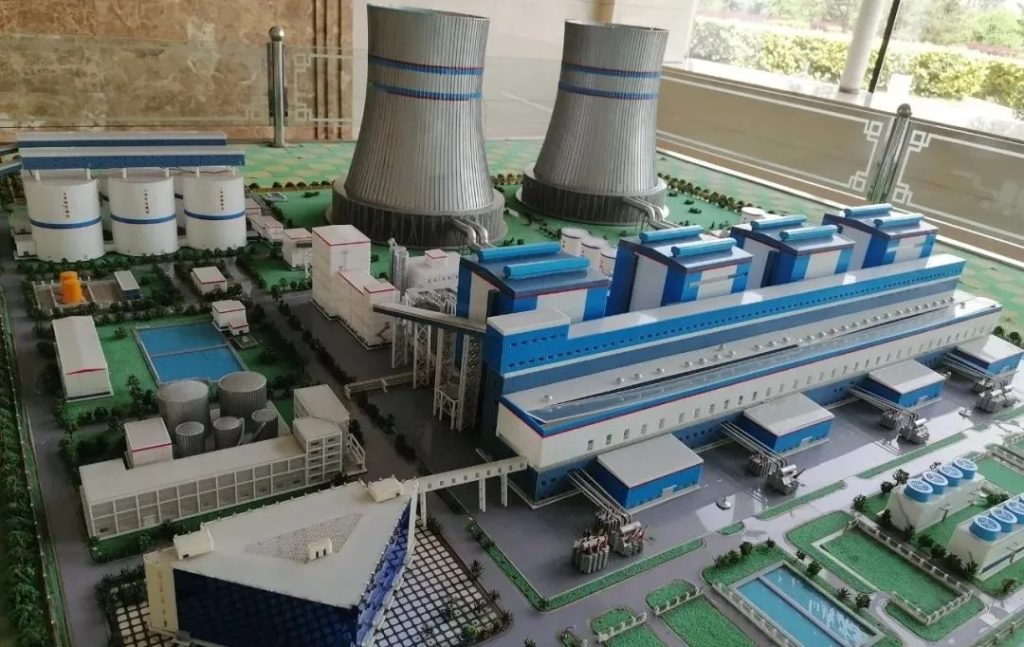
Core Design Principles for Thermal Power Plants Lighting Systems
- Safety-First Design: All fixtures must meet explosion-proof certifications and include shock protection.
- Environmental Adaptability: IP65/WF2 ratings to resist coal dust, moisture, and chemical corrosion.
- Smart Energy Control: Integrated light sensors + timers for intelligent energy management.
- Ergonomic Optimization: UGR<19 anti-glare technology to eliminate visual fatigue risks.
Technical Parameters for Key Area Lighting Solution
| Area Name | Illuminance (lx) | Protection Rating | Explosion-Proof Rating | Recommended Fixture Type | Installation Guidelines |
|---|---|---|---|---|---|
| Turbine Room Floor | 300-500 | IP66 | ExdIIBT4 | LED High Bay Lights | 5m height with 30° tilt installation |
| Boiler Structure Area | 500-750 | IP67 | ExdIICT6 | Vibration-Resistant Floodlights | 2m above equipment platforms |
| Coal Conveying System | 200-300 | IP68 | ExiaIICT6 | Dustproof Explosion-Proof Lights | Symmetrical installation along conveyors |
| Chemical Water Treatment | 300-500 | IP65 | – | Corrosion-Resistant Tri-Proof | 1.8m horizontal from operating surfaces |
| Plant Roads | 20-30 | IP65 | – | Solar Street Lights | 15m spacing, staggered bilateral layout |
Advanced Lighting Technology Applications
- Smart Dimming Systems: DALI digital controls in central control rooms for scene mode switching.
- Emergency Lighting Networks: LiFePO4 battery-backed LED systems with 90-minute runtime.
- Thermal Imaging Integration: Infrared sensors for real-time equipment temperature monitoring.
5 Critical Fixture Selection Criteria
- Wide Voltage Compatibility: AC85-265V input range for voltage fluctuation resilience.
- Thermal Management: Heat sink temperature ≤60°C for long-term stability.
- Optical Distribution: Batwing photometric curves for vertical illuminance uniformity.
- Vibration Resistance: IEC61373 Class B certification for mechanical durability.
- Easy Maintenance: Modular designs enabling live component replacement.
Professional Installation Recommendations
- Use a 1:1.5 height-to-distance ratio on turbine platforms to eliminate equipment shadows.
- Align coal conveyor fixtures at 15° to belt direction to prevent dust accumulation.
- Laser leveling tools to ensure ≤3mm horizontal alignment error.
- Implement N+1 redundant circuits in critical zones.

International Standard Compliance
- Illuminance: EN 12464-1 Industrial Lighting Standards
- Explosion Safety: ATEX/IECEx Dual Certification
- EMC: EN 55015 Radiation Compliance
- Environmental: RoHS2.0 Directive Alignment
Sustainable Lighting Trends
- Hybrid Solar-Grid Power Systems
- LORAWAN Wireless Smart Controls
- Self-Cleaning Nanocoatings
- Predictive Maintenance Lighting Management
Concluzie:
Scientific lighting design improves plant maintenance efficiency by 30% and reduces electrical accidents by 50%. By adopting IEC-compliant solutions integrated with smart controls, thermal power plants can build safer, more efficient, and energy-saving lighting systems. Regular system evaluations and upgrades to energy-efficient fixtures are strongly recommended.

